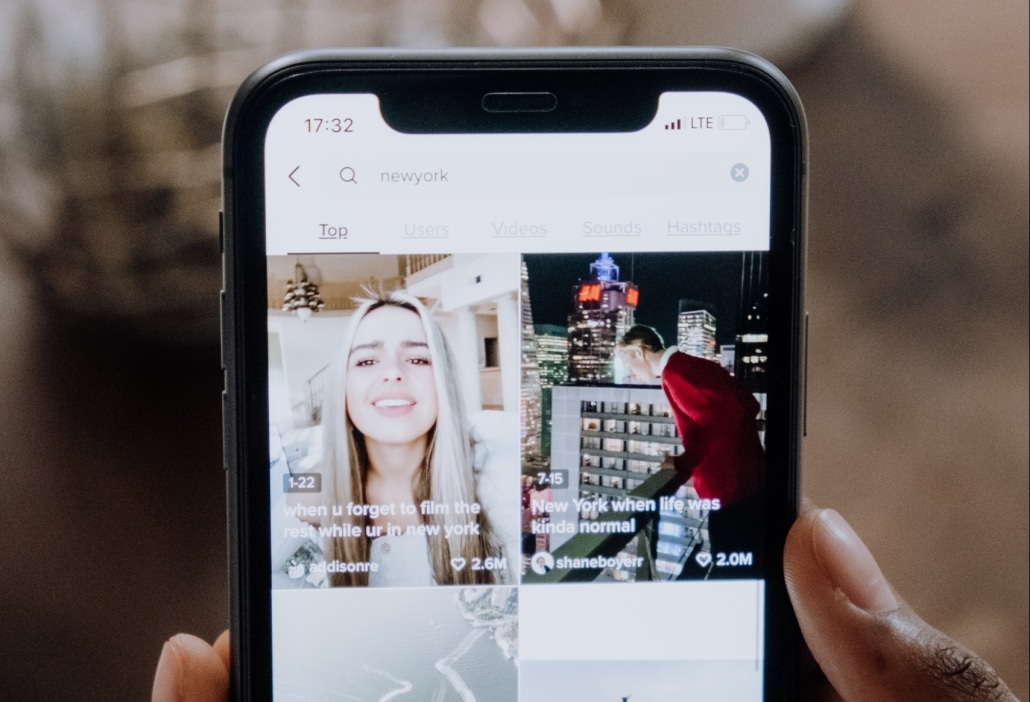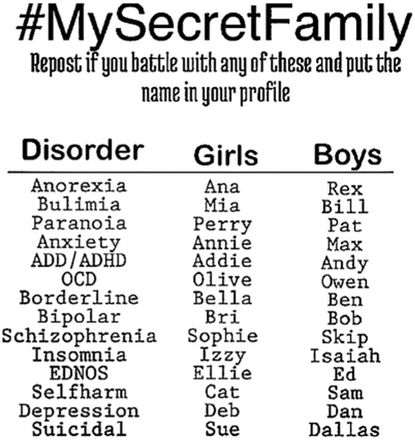The Language of Social Media

Photo courtesy of @cottonbro
As the COVID-19 pandemic and physical distancing measures continue, our Safer Schools Together (SST) Threat Analysts have noticed an increase in students using covert language to communicate suicidal intentions, anxiety, depression, and other mental health concerns.
“Our youth have taken to social media to remain social at a time where we have been forced to physically distance,” says SST Trainer and Senior Threat Analyst Nick Chernoff. “It’s important for parents, educators, and law enforcement who support student safety to pay attention to what youth are posting online, especially because the majority of our social interactions have moved online.”
Although students have always had their secret language to express thoughts and feelings on social media, we’ve noticed a resurgence in this online trend and new accompanying vocabulary. We first saw a drastic increase in covert language with the use of the hashtag, #mysecretfamily. With this trend, youth were posting about family members Ana (girls) or Rex (boys) to speak about their struggles with anorexia, family members Sue (girls) or Dallas (boys) if they were struggling with suicidal ideation, and other names that corresponded with various mental health struggles.

Students use secret language to share mental health struggles. Please be warned, if you decide to search the internet for secret language terminology, you may come across triggering content.
Now we are seeing students posting about wanting to become ‘unalive’ or ‘unal!ve’, using misspellings like ‘sewercide’, when they are struggling with depression and suicidal ideation. Seemingly innocent lines such as ‘I had pasta tonight’ and ‘I finished my shampoo and conditioner at the same time’ are often meant to be seen as a cry for help when posted on social media by teens and young adults. It is believed that the phrases are derived from Hannah Dains’ poem ‘Don’t Kill Yourself Today,’ which lists reasons why a suicidal person should choose to stay alive.
Students may use covert language as a subtle cry for help. They don’t necessarily want to come out and directly speak about the things they are going through so they use these codes to signal to their peers that they are struggling. Another reason for the use of secret language could be that certain social media platforms have censored posts containing hashtags such as #depression #suicide and even those that were once covert such as #Ana and #Sue.
According to Chernoff, the added stress of the pandemic is causing increased anxiety in youth, and it’s more important than ever to pay attention to the things they are posting online. “Take a few extra seconds when looking at a social media post to see if it has a hidden meaning, you may be surprised,” he says.
Social Media Platform Updates:
- Facebook Vanish mode: Facebook Messenger’s vanish mode will let users send messages that automatically delete. “Vanish mode is also opt-in, so you choose whether to enter vanish mode with someone. If someone takes a screenshot of your chat while you’re using vanish mode, you’ll be notified.”
- Facebook / Instagram Messenger: Facebook launches cross-platform messaging on Instagram and Messenger. Users currently have to opt-in to use this feature.
- Instagram Changes: Big changes in Instagram include a different layout and a new Instagram Checkout icon making in-app purchases easier. Instagram has also added keyword search in addition to profiles and tags.
- Snapchat Spotlight: Spotlight is seen as Snapchat’s version of the popular short-form videos that were popularized by TikTok. Spotlight is described by Snapchat as, “a new entertainment platform for user-generated content within Snapchat.” Like TikTok, over time Snapchat’s algorithm will personalize Spotlight videos to suit users’ individual interests. According to Tech Crunch, “To encourage creators to post to Spotlight, Snapchat says it will be distributing more than $1 million every day [to those] who create the top videos on Spotlight.” SST is concerned about the harmful behaviors we may see from youth as a result of this monetary offer. In August of this year, Instagram also jumped on the popularity of short-form videos with its launch of Reels.
- Twitter Fleets: “Fleets allow you to share fleeting or transitory thoughts, and after 24 hours, they’ll disappear from view. Fleet authors can see who views their Fleets, including accounts with protected Tweets, by clicking into their Fleets and tapping on the Seen By text at the bottom.”
SST provides monthly (90-minute) remote learning sessions covering Current Behavioral Trends and Digital Updates. Sign up for a 1-year subscription.
